The Pre-Fatigue Principle: What It Is And How To Use It

If you are interested in applying some advanced concepts to your workout routine to help take your results one step further, one such concept that you might consider getting into place is the Pre-Fatigue Principle.
The Pre-Fatigue Principle, also called pre-exhaustion technique, is excellent for helping to fully exhaust your muscles and help bust through a strength plateau that you may be suffering from. If it feels as though no matter what you do, you just can’t increase performance, this technique could help you go that extra distance.
Let’s go over what this is and how you can start it today.
The pre-fatigue principle essentially consists of tiring out a smaller muscle group directly before you go to work a larger muscle group; or, training with single-joint exercise directly before multi-joint exercise.
Basically, it’s a way of ensuring that when you do one of your main workouts (whichever workout you are now stuck on), you can make sure that you are targeting and directly working the isolation muscle in question.
For instance, take the bench press . The bench press is a multi-joint exercise that is going to work the chest, shoulders, as well as the triceps and even the biceps, core, and lower back to a small degree. With these muscles working hard, there isn’t as much direct tension being placed on the chest as there could be.
[caption id="attachment_21488" align="aligncenter" width="600"] Isolate Those Chest Muscle Fibers Prior To Using The Bench Press![/caption]
Isolate Those Chest Muscle Fibers Prior To Using The Bench Press![/caption]
So you can, for instance, do wide-flyes, flat-flyes, and/or incline flyes to fatigue the chest muscles, while leaving the triceps and other support muscle groups relatively conserved and fresh, so that when you go to do the bench press, it’s working more of your chest muscle fibers before the chest muscles have been pre-fatigued.
This way, your chest will then get stronger and when you go back to doing straight chest work without that pre-fatiguing exercise before it, you should notice that you’ve gained strength.
[caption id="attachment_21430" align="alignright" width="300"]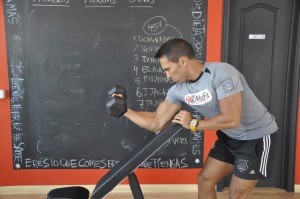 Look At Those Beautiful Curls![/caption]
Look At Those Beautiful Curls![/caption]
So what exercises does this pre-fatigue concept work best on? Use it primarily for your main compound movements. Squats, deadlifts, rows, shoulder press, and bench press will all be great for the pre-fatigue concept.
Pre-fatiguing exercises you do should be ones that are more isolated in nature or involve using your own body weight. Push-ups, bodyweight squats, bodyweight lunges, leg extensions, lateral raises, isolation curls, and of the like are all perfect examples to use.
For instance, here is a small selection pre-fatigue example exercises:
Another great way to use pre-fatigue in a bodyweight or calisthenics workout with, say a push-up, is first performing traditional push-ups, and then using the PushX3 to help activate full muscle potential.
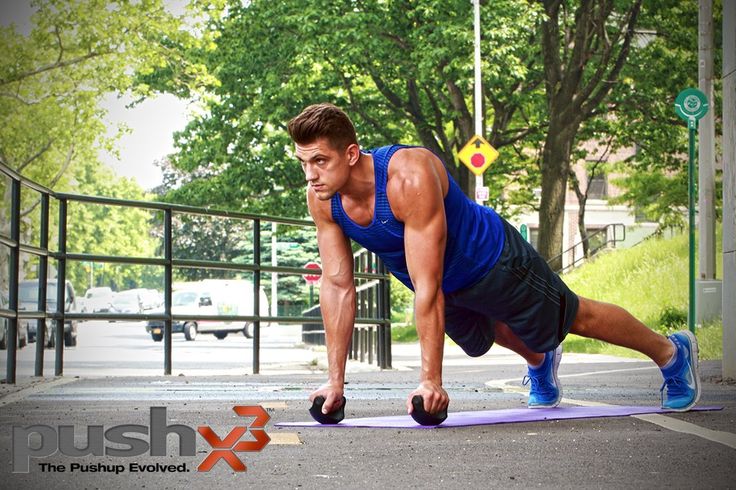
This is not necessarily a single-joint vs. multi-joint movement, but similar to the difference between the bench press with a barbell, and bench press with dumbbells; one restricts movement, while the other allows activation of stabilizer muscles and stimulation of under-utilized small muscle groups.
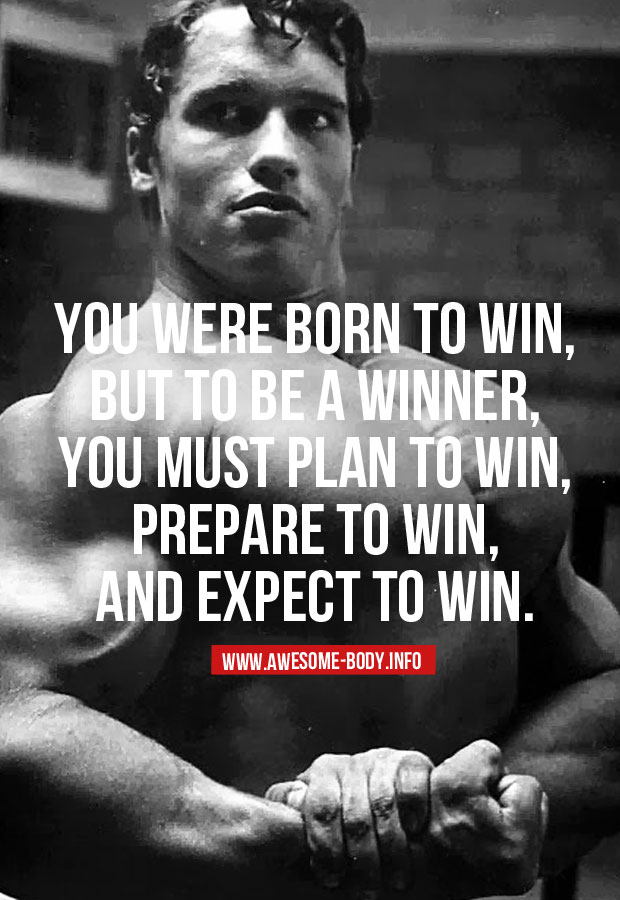 If you’re excited to start integrating the pre-fatigue principle into your workout routine, how should you add it in?
If you’re excited to start integrating the pre-fatigue principle into your workout routine, how should you add it in?
First, note that you should only use it once per session. It is very taxing on the body, so doing it before every compound move would be too much and you’d quickly over-train.
Next, be sure to add it towards the start of your workout. While some traditional workouts use isolation techniques at the end of a workout, after compound exercises, practicing the pre-fatigue principle ensures you destroy the target muscle by working it to exhaustion first.
Finally, be sure to pay special attention to your form. You may need to lighten the weight when using the pre-fatigue principle and that’s fine. Use proper form to avoid injury and make sure targeted isolation.
So there you have the main facts to know and remember about the pre-fatigue principle. Consider giving this a try in your next workout session.
[divider style="dashed" top="15" bottom="15"]
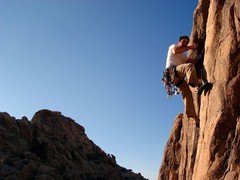 Dan Delisle - he is a husband, father, Professional Civil Engineer, technical author, sports enthusiast, and fitness devotee.
Dan Delisle - he is a husband, father, Professional Civil Engineer, technical author, sports enthusiast, and fitness devotee.
Dan is experienced with a wide range of sports including motocross, soccer, baseball, rock climbing, snowboarding, and mountain biking. To pursue these sports at a high level, Dan is an avid fitness participant and attends climbing gyms often.
Dan has many difficult rock climbs under his belt, including several high-profile rock climbs in Yosemite, CA. As such, Dan is always looking for ways to increase his level of fitness while keeping his workouts fun and creative - it was this drive that led him to inventing PushX3 !
Disclaimer: I’m a fit and active dad and work in the fitness industry, this is advice I have found useful over the years as an informed civilian and fitness enthusiast, but I am not a cardiologist, doctor, physiologist, PT, personal trainer, etc. Consult with your doctor before implementing any changes to your workout routine, okay? Thanks for reading!
Yours in health and fitness, Dan Delisle.
[divider style="double" top="15" bottom="15"]
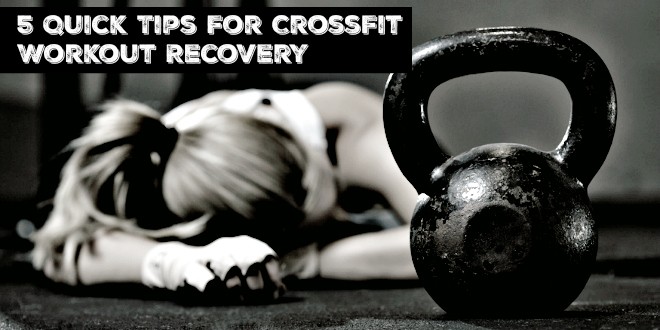
[tweet_box design="box_12"]“The real workout starts once you start to get tired and think about stopping.”[/tweet_box]
The Pre-Fatigue Principle, also called pre-exhaustion technique, is excellent for helping to fully exhaust your muscles and help bust through a strength plateau that you may be suffering from. If it feels as though no matter what you do, you just can’t increase performance, this technique could help you go that extra distance.
Let’s go over what this is and how you can start it today.
What is the Pre-Fatigue Principle? (the Pre-Exhaustion Training Technique)
The pre-fatigue principle essentially consists of tiring out a smaller muscle group directly before you go to work a larger muscle group; or, training with single-joint exercise directly before multi-joint exercise.
Basically, it’s a way of ensuring that when you do one of your main workouts (whichever workout you are now stuck on), you can make sure that you are targeting and directly working the isolation muscle in question.
For instance, take the bench press . The bench press is a multi-joint exercise that is going to work the chest, shoulders, as well as the triceps and even the biceps, core, and lower back to a small degree. With these muscles working hard, there isn’t as much direct tension being placed on the chest as there could be.
[caption id="attachment_21488" align="aligncenter" width="600"]
 Isolate Those Chest Muscle Fibers Prior To Using The Bench Press![/caption]
Isolate Those Chest Muscle Fibers Prior To Using The Bench Press![/caption]So you can, for instance, do wide-flyes, flat-flyes, and/or incline flyes to fatigue the chest muscles, while leaving the triceps and other support muscle groups relatively conserved and fresh, so that when you go to do the bench press, it’s working more of your chest muscle fibers before the chest muscles have been pre-fatigued.
This way, your chest will then get stronger and when you go back to doing straight chest work without that pre-fatiguing exercise before it, you should notice that you’ve gained strength.
What Exercises are Best for Pre-Fatigue Training?
[caption id="attachment_21430" align="alignright" width="300"]
 Look At Those Beautiful Curls![/caption]
Look At Those Beautiful Curls![/caption]So what exercises does this pre-fatigue concept work best on? Use it primarily for your main compound movements. Squats, deadlifts, rows, shoulder press, and bench press will all be great for the pre-fatigue concept.
Pre-fatiguing exercises you do should be ones that are more isolated in nature or involve using your own body weight. Push-ups, bodyweight squats, bodyweight lunges, leg extensions, lateral raises, isolation curls, and of the like are all perfect examples to use.
For instance, here is a small selection pre-fatigue example exercises:
- Cable crossovers prior to bench press
- Sit-down leg extensions before back-squats
- Bodyweight pistol squats before squats
- Dumbbell shrugs before barbell cleans
- Bodyweight push-ups prior to dips
- Overhead dumbbell triceps extension prior to close-grip bench press
Another great way to use pre-fatigue in a bodyweight or calisthenics workout with, say a push-up, is first performing traditional push-ups, and then using the PushX3 to help activate full muscle potential.

This is not necessarily a single-joint vs. multi-joint movement, but similar to the difference between the bench press with a barbell, and bench press with dumbbells; one restricts movement, while the other allows activation of stabilizer muscles and stimulation of under-utilized small muscle groups.
How to Add Pre-Fatigue Training to Your Workout Routine
 If you’re excited to start integrating the pre-fatigue principle into your workout routine, how should you add it in?
If you’re excited to start integrating the pre-fatigue principle into your workout routine, how should you add it in?First, note that you should only use it once per session. It is very taxing on the body, so doing it before every compound move would be too much and you’d quickly over-train.
Next, be sure to add it towards the start of your workout. While some traditional workouts use isolation techniques at the end of a workout, after compound exercises, practicing the pre-fatigue principle ensures you destroy the target muscle by working it to exhaustion first.
Finally, be sure to pay special attention to your form. You may need to lighten the weight when using the pre-fatigue principle and that’s fine. Use proper form to avoid injury and make sure targeted isolation.
So there you have the main facts to know and remember about the pre-fatigue principle. Consider giving this a try in your next workout session.
[divider style="dashed" top="15" bottom="15"]
Author Bio: Dan Delisle
 Dan Delisle - he is a husband, father, Professional Civil Engineer, technical author, sports enthusiast, and fitness devotee.
Dan Delisle - he is a husband, father, Professional Civil Engineer, technical author, sports enthusiast, and fitness devotee.Dan is experienced with a wide range of sports including motocross, soccer, baseball, rock climbing, snowboarding, and mountain biking. To pursue these sports at a high level, Dan is an avid fitness participant and attends climbing gyms often.
Dan has many difficult rock climbs under his belt, including several high-profile rock climbs in Yosemite, CA. As such, Dan is always looking for ways to increase his level of fitness while keeping his workouts fun and creative - it was this drive that led him to inventing PushX3 !
Disclaimer: I’m a fit and active dad and work in the fitness industry, this is advice I have found useful over the years as an informed civilian and fitness enthusiast, but I am not a cardiologist, doctor, physiologist, PT, personal trainer, etc. Consult with your doctor before implementing any changes to your workout routine, okay? Thanks for reading!
Yours in health and fitness, Dan Delisle.
[divider style="double" top="15" bottom="15"]
Like this article by Dan? Then you gotta check this one out too...





































































































